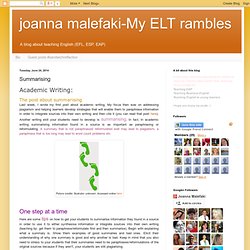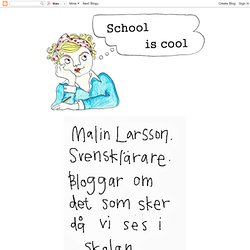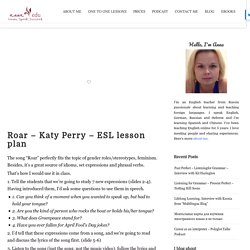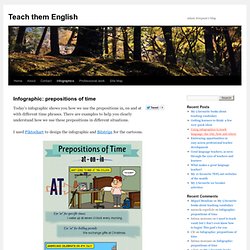

Framing your writing. In a way, this post is about something I won’t actually be able to use myself and isn’t something I have done extensively (or at least, consciously so) in the past.

This week I start a new job, and I actually won’t be in a classroom environment, so that’s why I won’t be able to make immediate use of the ideas I’ll set forward. However, I’m hoping that I’ll be able to use the underlying principles to guide the work I will be doing, which will involve working on lesson frameworks. The first mention of the term framework, therefore seems to suggest a focus on the structure of a lesson, class, session, or however you wish to name those hours and minutes that the teacher and students are together. The ideas that you’ll are partly to do with this, but they rather more focus on helping students studying English with one particular aspect, that of writing. What do we know about writing? No wonder some people suffer from blank page syndrome Genre – what is it that is being written? World War 1. Summarising. The post about summarising Last week, I wrote my first post about academic writing.

My focus then was on addressing plagiarism and helping learners develop strategies that will enable them to paraphrase information in order to integrate sources into their own writing and then cite it (you can read that post here). Another writing skill your students need to develop is summarising. In fact, in academic writing summarising information found in a source is as important as paraphrasing or reformulating. A summary that is not paraphrased/ reformulated well may lead to plagiarism, a paraphrase that is too long may lead to word count problems etc. One step at a time Here are some tips on how to get your students to summarise information they found in a source in order to use it to either synthesise information or integrate sources into their own writing (teaching tip: get them to paraphrase/reformulate first and then summarise). Sentence frames: So, now they understand what a summary is.
Famous People English Lessons: Biographies and ESL Lesson Plans. Regler i klassrummet knutna till lärande och utveckling... ...istället för "ording och reda" - regler knutna till vett, etikett och uppförande..

Malin. Anne Frank. Role play situation "at a restaurant". Stand by me/The Body. Voice of America - Learn American English with VOA Learning English. The Secret Door - Step Through To The Unknown… Webenglish. Web Tools to Use with Bloom's Digital Taxonomy. The EFL SMARTblog: Describing photos (comparing, contrasting and speculating)
You are going to practise language for; Describing photosComparing and contrasting photos (discussing similarities and differences)Speculating on what might be happeningReacting to photos (giving opinions) Discuss Look at the presentation.

Follow the instructions and talk about some of the photos Write The language used here for comparing and contrasting / speculating is also useful for writing discussion / argument essays. Plan: Introduction - describe the situation / topic to be discussedCompare / contrast ideas (for and against / advantages and disadvantages)Speculate on solutions to problems raised by the questionConclusion - give an opinion Which pairs or groups of photos in the presentation could be used to demonstrate ideas for argument writing topics about education, technology, food, family, work, leisure, health, advertising etc? Roar – Katy Perry – ESL lesson plan. The song “Roar” perfectly fits the topic of gender roles/stereotypes, feminism.

Besides, it’s a great source of idioms, set expressions and phrasal verbs. That’s how I would use it in class. 1. Tell the students that we’re going to study 7 new expressions (slides 2-4). Having introduced them, I’d ask some questions to use them in speech. 1. 2. Short stories for EFL learners. Mystery Digest - Two Minute Mysteries. Sean Banville's Websites, Lesson Plans, Handouts, Worksheets. Infographic: prepositions of time. Today’s infographic shows you how we use the prepositions in, on and at with different time phrases.

There are examples to help you clearly understand how we use these prepositions in different situations. I used Piktochart to design the infographic and Bitstrips for the cartoons. You can download the original, full size image here (800×2950). Additionally, there are a number of share and embed options available from Flickr here. Finally, you can share the image using the QR code on the right.
Study resources for learners of English Lista på flippande lärare. Digital Tools. Resources English. Blogs. Practice English.